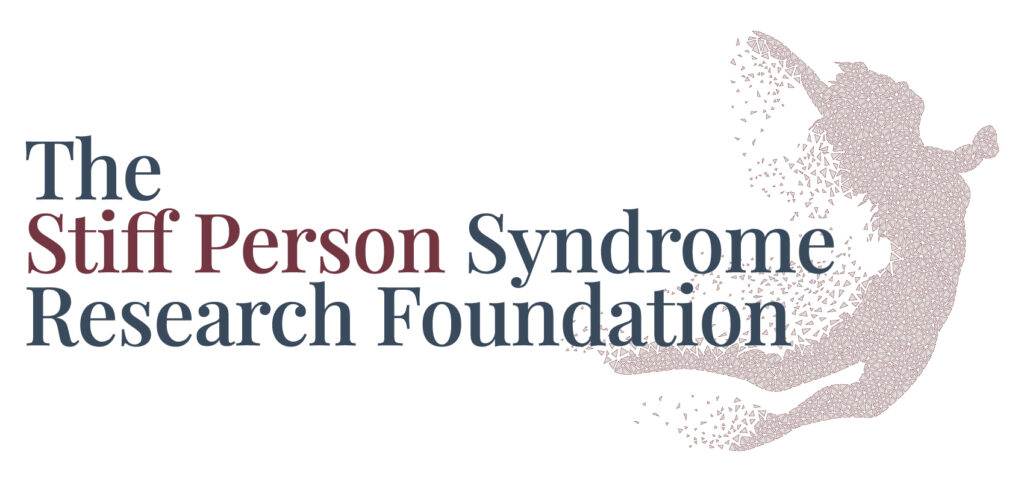Covid has changed a lot of things, especially how some people view their relationship with work. While the search for work-life balance is not new, the pandemic and a heightened focus on workplace equity is at the forefront of many people’s minds, and they are starting to take action.
In what some are calling “the Great Resignation,” employees are leaving their jobs in higher than usual numbers to pursue better opportunities. What defines better opportunities is not necessarily the same now as it was pre-pandemic, when pay scales and benefits packages often served as driving forces. Now, what motivates a significant portion of workers, especially in younger generations, is a more holistic approach to life that includes addressing personal and important societal needs.
In this article, we discuss the following:
Data Reflecting Job Market Trends
During the pandemic, millions lost their jobs and many more struggled with underemployment. As our country begins to open up again and returning to work is on everyone’s mind, one would think that employers should easily be able to meet their staffing needs. However, when it comes to post-pandemic recruiting and retention, workers find themselves in the driver’s seat.
Recent survey data shows some interesting trends. Most importantly, people are not jumping to get back into the workforce, and for those fortunate enough to remain employed through the pandemic, they do not feel compelled to stay in their current jobs.
The Society for Human Resource Management (SHRM) cites several surveys indicating that employee departures will rise as the pandemic subsides. Such predictions are supported by the recent U.S. Department of Labor’s Job Openings and Labor Turnover Summary (JOLTS) which reported that the combined number of people who voluntarily left their jobs in April and May 2021 totaled more than 7 million.
The Pandemic Changed Attitudes About Working From Home
As employers begin to roll out return to work plans, the ability to work remotely is of particular importance for employees and prospective job applicants. Eighty percent of Americans working from home during the pandemic enjoyed the arrangement according to 2020 research by McKinsey & Company. Over half of respondents reported that they were as or more productive than working in an office.
Workers Weigh in on Remote, Hybrid, or In-Person Strategies
A study by the Becker Freidman Institute for Economics at the University of Chicago, published in July 2021, reveals that only a little over half of respondents (58 percent) would willingly follow their employer’s requirement to report to a business location five days a week. More than one-third (36 percent) would comply but start looking for a new position, and six percent would quit immediately.
Some workers might even give up a pay raise to remain fully remote. A recent Forbes article revealed that 64 percent of employees at prominent employers, such as Amazon, Goldman Sachs, and QualComm, would forgo a $30,000 salary bump to continue working from home.
These research results are compelling, but do not tell the whole story, as this sea change is not based solely on remote work opportunities. There are a variety of reasons coming together in a perfect storm to create this great exodus.
Factors Contributing to the Increase in Turnover
Since March 2020, a number of forces have refocused societal priorities and challenged people to rethink how they approach work and their lives. These various factors create an environment of escalating quit rates and labor shortages, forcing many employers to scramble as they try to address these concerns.
Flexible Working Arrangements
Covid response demanded many employers adopt work from home scenarios. This arrangement was a positive development for some employers and employees. For many workers, this autonomy was crucial as Covid-19 closed schools, daycare centers, and other avenues that provided family member care before the lockdown. As family demands continue, people are turning to their employers for support and seeking accommodations that proved workable over the past year and a half plus.
Additionally, there is a set of workers (Millennials & Gen Z) who do not define their lives by work. They see their career trajectories as having multiple employers, varying opportunities, and the ability to live wherever they feel at home, but still have viable employment prospects. They envision their careers as supporting their personal as well as professional goals as they seek to harness the best work-life balance.
Discrimination and Equity Concerns
The events of Summer 2020, focused our attention on the broad issue of discrimination (i.e., race, ethnicity, sexual orientation, etc.) in a way that has not happened since the Civil Rights movement of the 1960s.
Today, disparities in hiring, compensation, advancement opportunities, access to childcare, and many other work-related issues rank highly on workers’ checklists when evaluating if a company is a right fit. While many companies feel they have addressed these issues with appropriate policies and procedures, employees now expect more than lip service. Actions demonstrate a company’s commitment.
Employees are demanding more transparency and open communication from employers in all areas of the work relationship. They seek a comfort level that the company they work for sees them as individuals, values their contributions, and compensates them fairly. Additionally, being associated with an organization that supports equity in our communities and is motivated to play a role in resolving societal injustices also resonates with many of today’s job seekers.
A Meaningful Life
Living through a pandemic has given many people a new perspective. They desire to contribute more to society than simply completing their assigned tasks and bringing home paychecks. They want the work they perform and the goods and services they provide to improve the world in some way.
This desire to make the world a better place ties into the focus on eliminating societal inequities, but most people recognize that they may not be able to affect groundbreaking change or touch millions. So, for them, impacting their corner of the world — the people they interact with on a daily basis — is a starting point, and they expect their work environment to support that goal.
Covid-19 Related Issues
Employer return to work plans also play a direct role in creating the Great Resignation. Employers want to bring their employees back into the workplace safely, and employees wish to feel safe while there. However, how each employer and individual reaches that comfort level is different and such distinctions often cause friction, even polarizing coworkers, supervisors, and leadership.
Corporate vaccination policies are such an issue. Some employers are encouraging their workforces to take the vaccine; others have mandated it. For a certain population of employees, mandatory vaccination is untenable, and they will refuse, instead opting to resign or be fired. This situation is unfolding in the healthcare sector and spreading to others.
Even without mandatory vaccination policies, masking, social distancing, and testing protocols may also prove to be divisive, driving employees to leave organizations that impose policies with which they do not agree.
The Implications of High Resignation Rates
Rapid and extensive turnover is disruptive and expensive. The cost is both in hard dollars spent to recruit and train new hires and also in loss of institutional knowledge.
Productivity is likely to be impacted as those hired ramp up and learn their new responsibilities. Existing employees may feel overworked and underappreciated as they shoulder the burden of a reduced and green workforce. If open positions remain unfilled, companies may struggle to fulfill organizational goals, serve customers, and prosper.
Preventing an Employee Exodus
As worker expectations shift, employers must adjust, reevaluating how to attract and retain talent. This process is not confined to examining HR functions alone but involves assessing corporate culture. Core business needs must be met, but they must be balanced against emerging employee interests.
Some areas of consideration to solidify employee retention and recruitment include:
- Opening lines of communication to not only hear employee concerns but also share insight into leadership decisions
- If leadership agrees to transparency, fulfill that promise
- Offering employees flexibility in structuring their workweek to the extent it aligns with the organization’s business plan and operations
- Furnishing avenues for emotional and mental support
- Updating job descriptions so they accurately represent each position
- Avoid hiding the less desirable aspects of jobs, so candidates have appropriate expectations before accepting positions
- Providing training and other pathways to upskill existing employees
- Establishing onboarding, mentoring, and job opportunity processes to make people want to stay longer
- These steps may foster a sense of accomplishment, engagement and commitment to the company
- Conducting “stay interviews” to uncover employee needs, concerns, and complaints
- Waiting until exit interviews does little to fortify retention
- Training managers & supervisors to understand and support these initiatives
By reviewing some or all of these areas, leadership may discover that the policies and procedures relied upon for years no longer provide the company with protection against a talent drain.
How RealHR May Help You Address the Great Resignation
Every company is unique in what they add to the marketplace and the culture they adopt internally, so addressing the causes of the Great Resignation will differ from company to company. However, what every assessment has in common is the need for significant evaluation and realistic recommendations that align with organizational goals.
At RealHR, we have the knowledge and years of experience to help point you in the right direction. We welcome the opportunity to meet with you as you consider your options and examine your hiring and talent retention concerns.
The blog should not be construed as legal advice

















